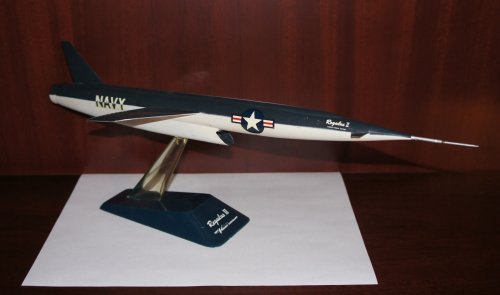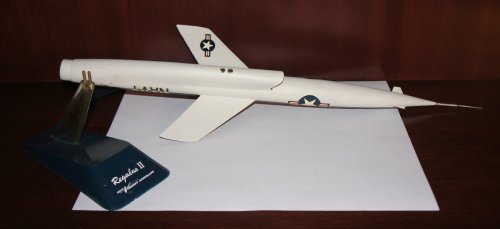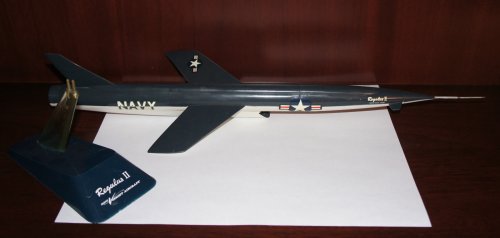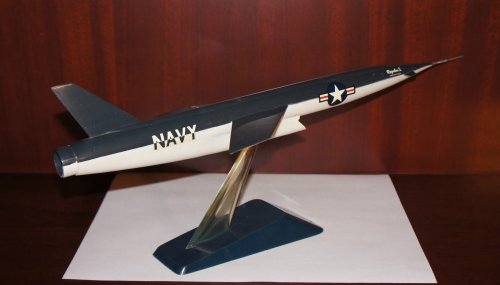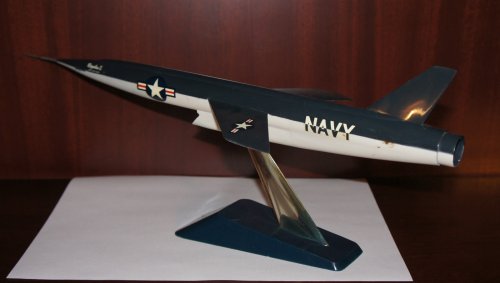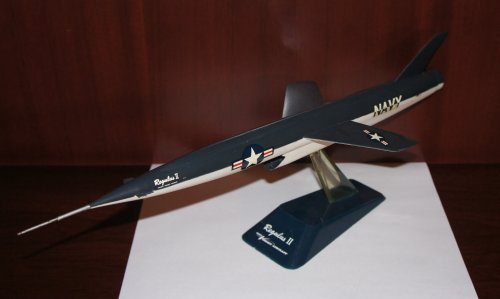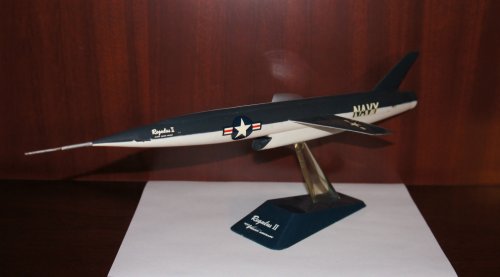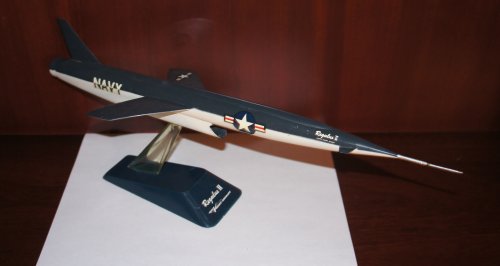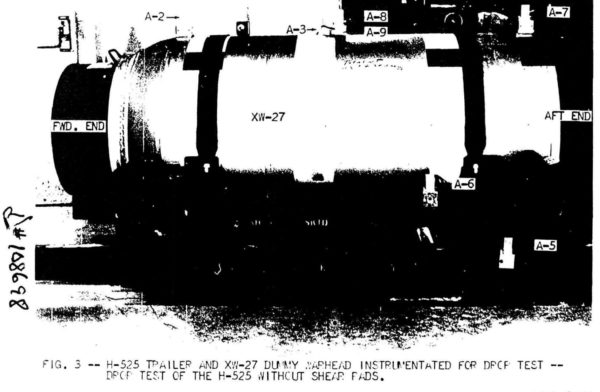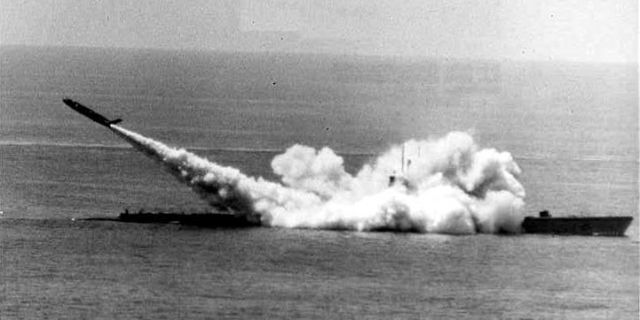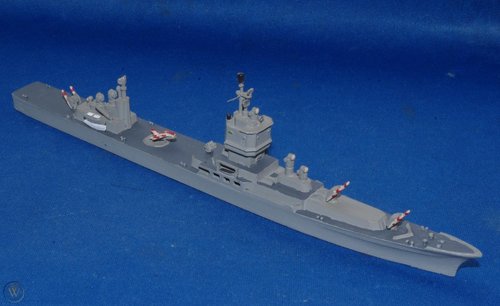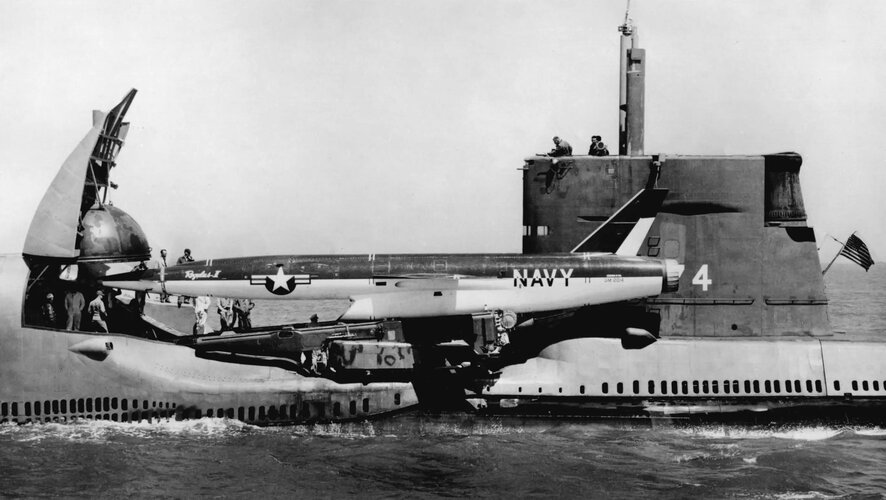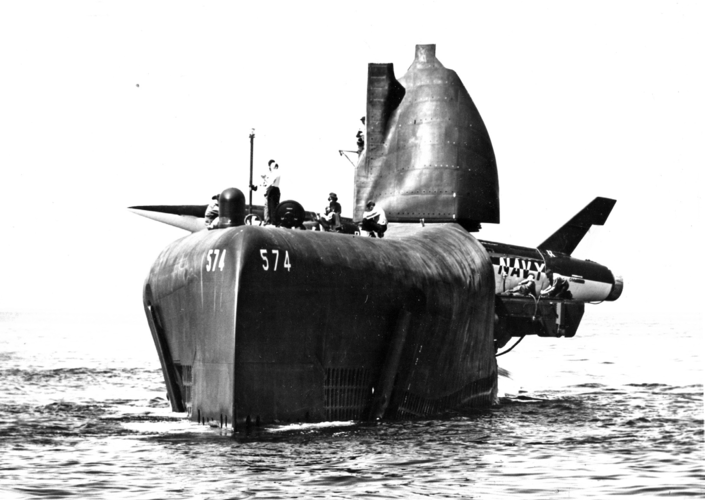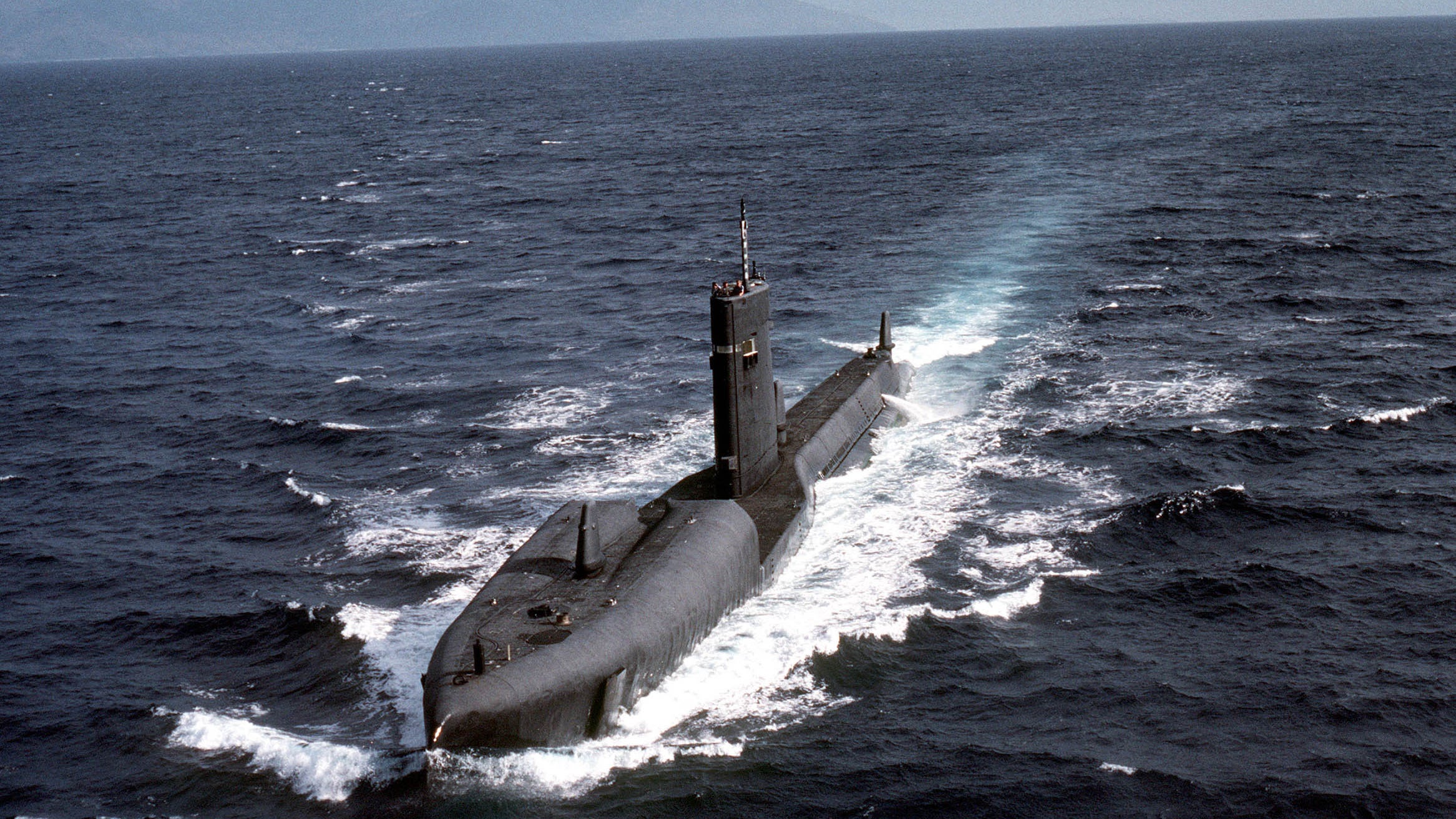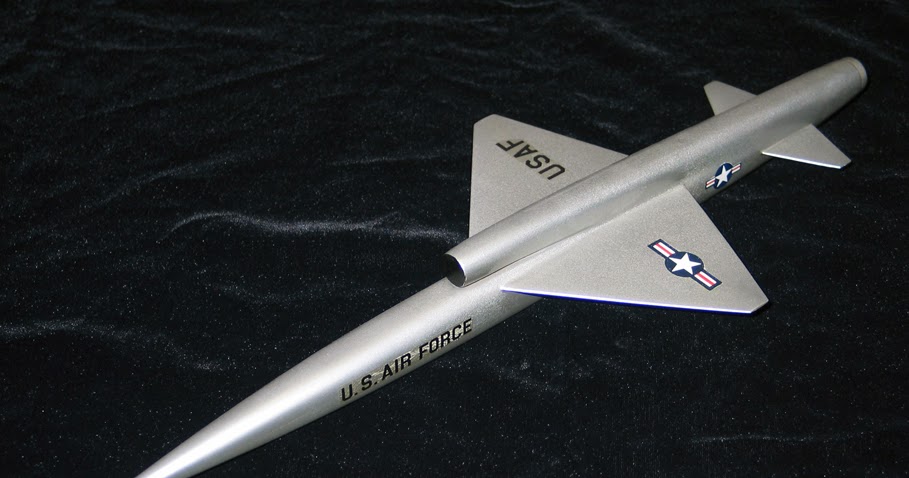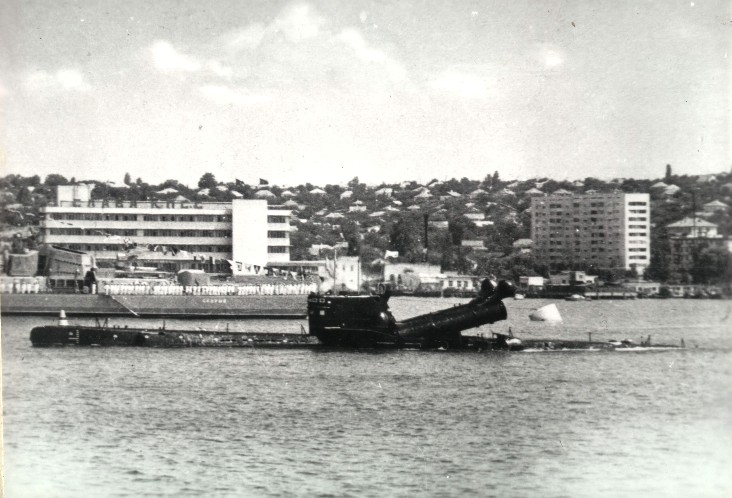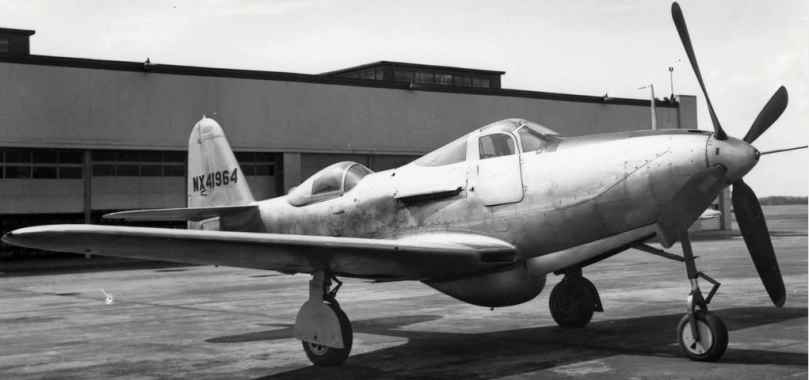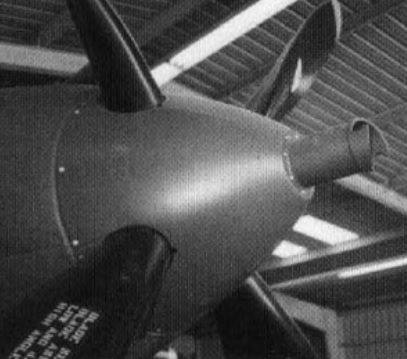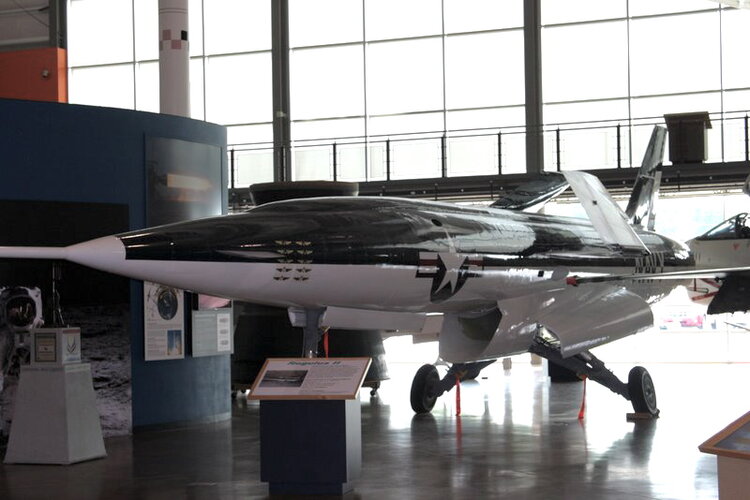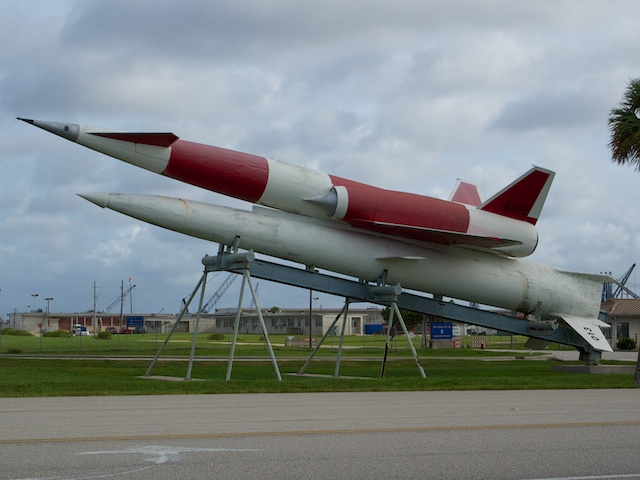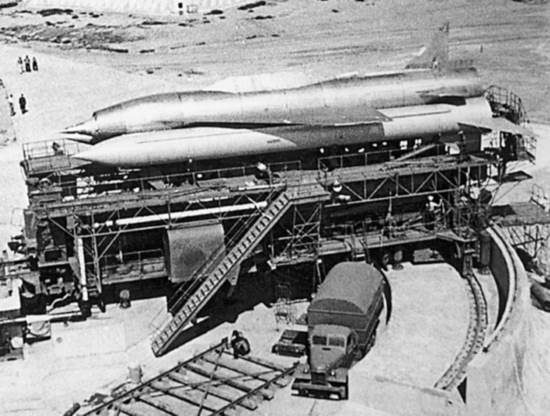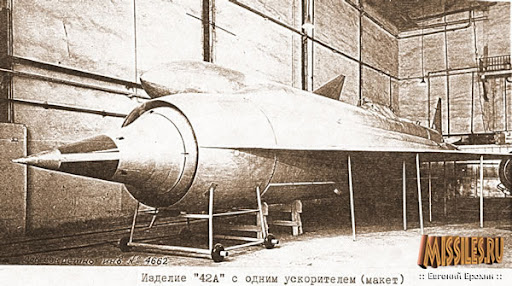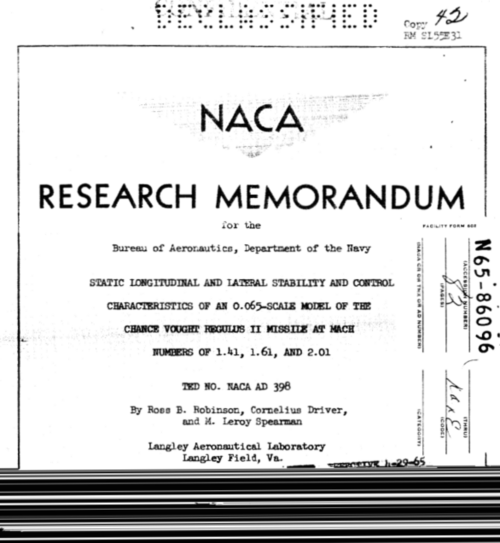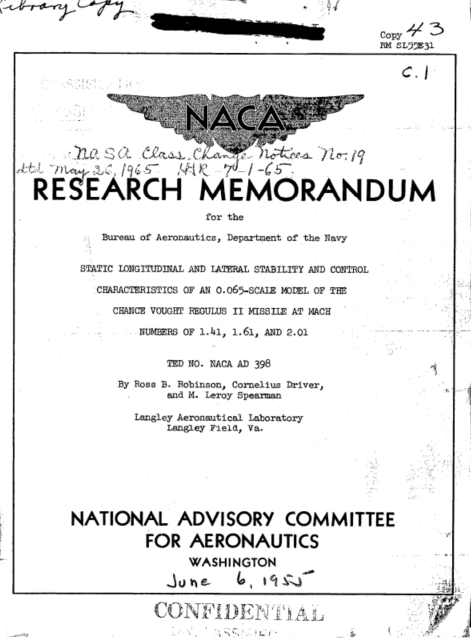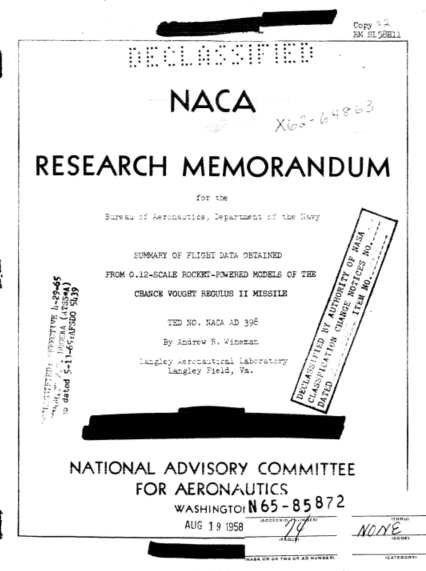Bill Garvin
ACCESS: Restricted
- Joined
- 18 March 2008
- Messages
- 10
- Reaction score
- 1
RanulfC said:Thinking of the various possiblities for such an advanced weapons system coupled with even a LITTLE out-of-the-box thinking in the late '60s and through the '70s could have possibly saved a lot of later spent money and resources to develop similar but less capable assets today. Randy
An interesting possibility would have been a Regulus II fitted with a multi-role mission bay so the missile could carry a reconnaissance pack, an ELINT pack or multiple warload options (cluster bombs for area attack for example). I've heard hints that such things may have been considered, probably in an effort to save the program but I've never seen anything written down that would say yea or nay to them.

